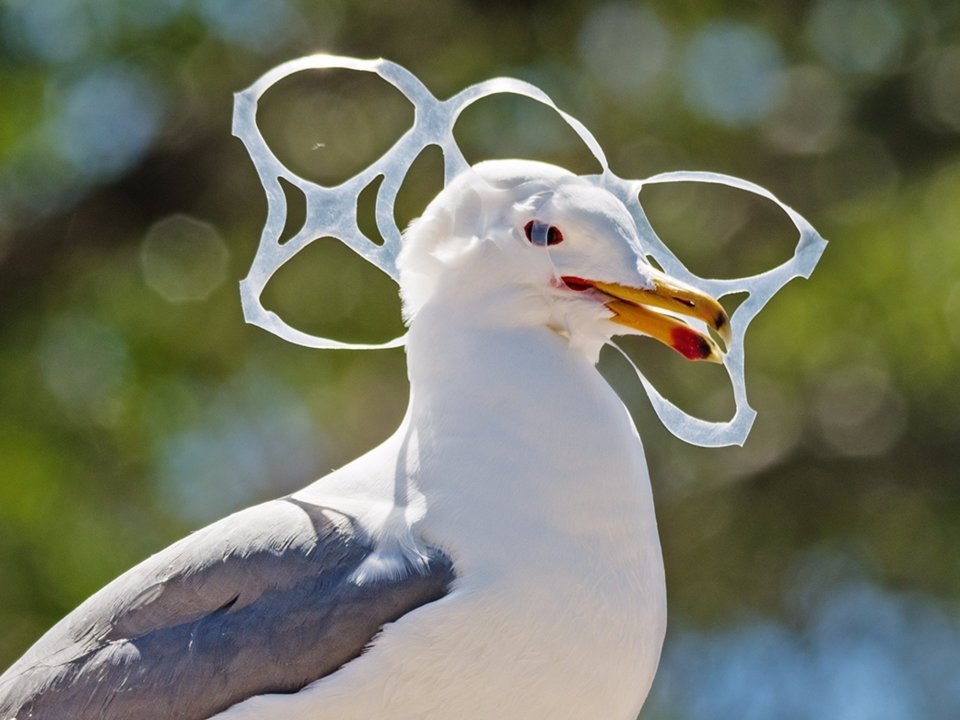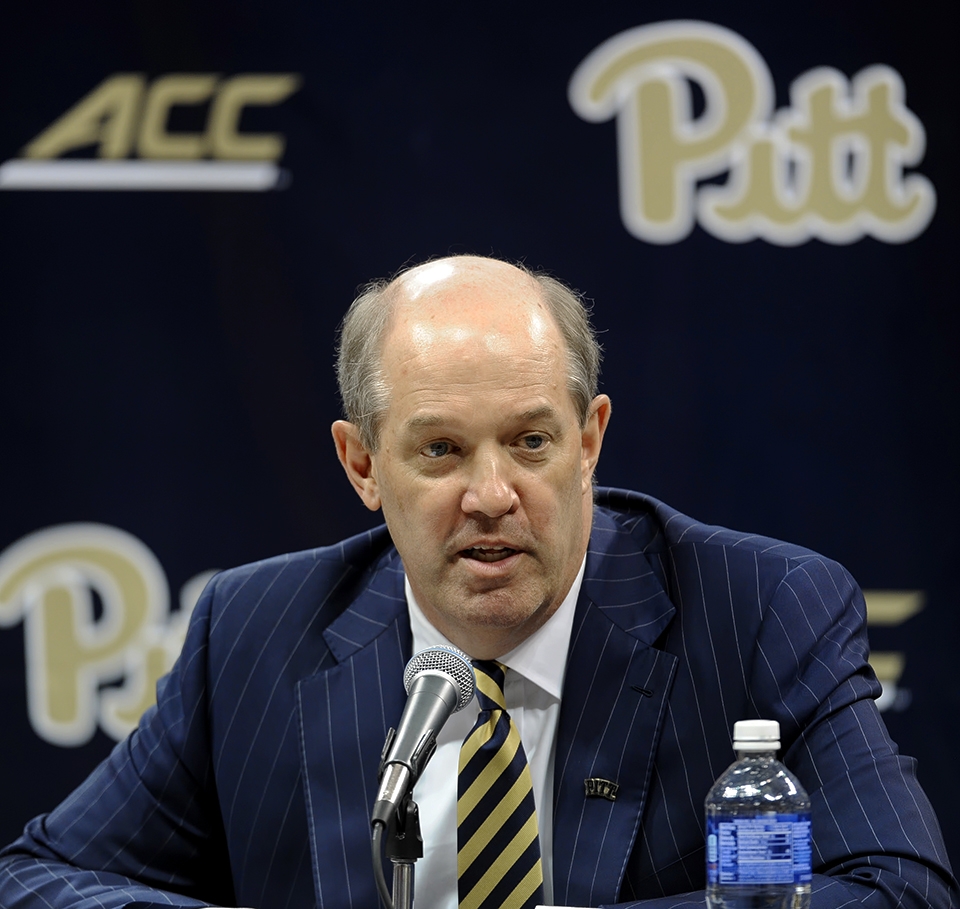
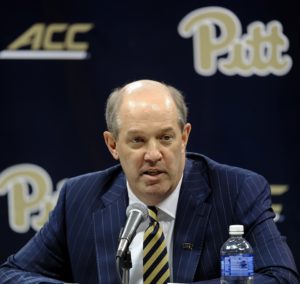
Jacob Hebda | Staff Writer
03/22/2018
“It was the best of times, it was the worst of times, it was the age of wisdom, it was the age of foolishness, it was the epoch of belief, it was the epoch of incredulity, it was the season of light, it was the season of darkness, it was the spring of hope, it was the winter of despair.”
If you didn’t know any better, you might think that the above excerpt from Charles Dickens’ A Tale of Two Cities was really about the current state of collegiate basketball’s two most prominent programs in Pittsburgh.
OK, so maybe that’s a little dramatic. Nevertheless, it’s more than fair to say that both Pitt and Duquesne’s men’s programs are headed in concretely opposite directions.
The Dukes, for the first time in a long time, aren’t looking up to the Panthers. After spending the last 40 or so years as an afterthought in the minds of Pittsburgh hoops followers, Duquesne is finally ready to take center stage.
If a few years ago you heard someone talking about a team with under-the-radar players and a defensive-minded coach in a competitive conference situated along the East Coast, you’d probably think that they were talking about Pitt and Jamie Dixon in the glorious Big East Conference.
However, these days, that description seems to be more fitting for Duquesne than it does for its crosstown rivals. Coach Keith Dambrot, whose squad is anchored by surprise stars Eric Williams Jr. and Mike Lewis II, seemingly has his program back on track and ready to compete atop the Atlantic 10 Conference.
It’s hard to think that a calendar year ago, Duquesne was in the midst of yet another coaching frenzy. After firing Jim Ferry, who was extremely underwhelming in his five years spent on the Bluff, the program appeared completely and utterly dreadful to the naked eye.
Multiple coaches rejected offers to become the next head coach. Simultaneously, Lewis, one of the only bright spots on a bad 2016-17 Dukes team, announced he was considering transferring to another school.
After decades of different coaches and directionless seasons, it looked like more of the same was in store for Duquesne.
However, in a surprising turn of events, the Dukes managed to lure Dambrot to Pittsburgh. After turning down an offer from Duquesne in 2012, he decided to leave Akron to take the helm at his father’s alma mater in 2017, signing a seven-year, $7 million contract.
A year later, after an inspiring 16-16 season, Duquesne has hope, momentum and talent. With a talented veteran core, five promising incoming recruits, five eager transfers and, of course, a steady coach, the Dukes should continue to climb the A-10’s ranks again next year.
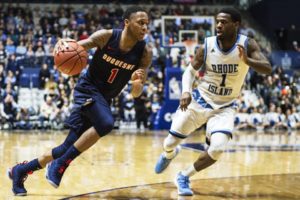
Meanwhile, just a couple miles up Forbes Ave., the once-proud Pitt men’s team has lost all identity. Once known for its tenacious defense and practically annual trips to the Big Dance, Pitt’s halcyon days are long gone.
Shortly after being hired in 2015, it was clear that new athletic director Scott Barnes was not fond of Jamie Dixon, despite Dixon owning the highest winning percentage of any coach in the program’s history.
While he had tremendous regular season success, Dixon never managed to get to the Final Four, perhaps college basketball’s biggest measuring stick of success. The program’s repeated tournament shortcomings led to increasing frustration amongst fans and administrators alike.
Back in 2013, Pitt joined the Atlantic Coast Conference. As a new member of one of the premier basketball conferences in the nation, the team was closer to mediocrity than the greatness it once displayed in the Big East.
Following a loss to Wisconsin in the First Round of the NCAA Tournament in 2016, Dixon felt the growing pressure from his boss and a frustrated fan base. He knew his time in Oakland was running out.
Shortly after the season, Dixon chose to return to coach his alma mater, Texas Christian University (TCU) of the Big 12 Conference.
In came Kevin Stallings, the longtime Vanderbilt coach who was on the cusp of being fired himself before taking over with the Panthers. It was an immensely unpopular hire among Pitt fans, and after two troublesome years, that anger is now completely justified.
Stallings was swiftly shown the door after a winless season in ACC play this past season, and now Pitt finds itself back at ground zero.
Unlike the team Dixon left behind following his exit, this roster is almost entirely vacant. Nine players have requested permission to transfer, and well-regarded 4-star commit Bryce Golden plans on reopening his recruitment. As of right now, the only players committed to spending next season in a Panthers uniform are little-used Samson George and Peace Ilegomah.
Pitt is still searching for a replacement for Stallings, and while there are some exciting potential candidates, it’s not certain that it will be able to score a big name like ex-Ohio State Head Coach Thad Matta or a hot up-and-comer like Rhode Island headman Dan Hurley.
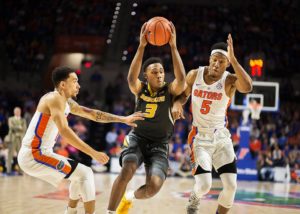
Meanwhile, Dixon led TCU to the NCAA Tournament this season for the first time since 1998. The sixth-seeded Horned Frogs did fall to No. 11 Syracuse in the First Round, but a close defeat at the hands of a Jim Boeheim-coached team in the NCAA Tournament is a far cry from Pitt’s current predicament.
So, here we are at one of the most stunning junctures in recent Pittsburgh college sports history. For the first time in several decades, Duquesne might be fielding an objectively better team than Pitt next season.
With that being said, there is still plenty of uncertainty in the near future. Dambrot, despite his strong initial showing, admittedly has a long way to go in rebuilding this program. His goal? To qualify for the NCAA Tournament.
It’s hard to believe that Pitt, who pushed Dixon out the door because of stagnated postseason progress, is currently just looking to win a conference game.
I’m sure if Pitt could have a word with its past self, it would probably entail something along the lines of another Two Cities quote: “Keep where you are because, if I should make a mistake, it could never be set right in your lifetime.”
OK, so it shouldn’t take Pitt a “lifetime” to figure this mess out, but it sure feels that way right now. With the right coach, though, everything could change.
Then again, Dixon might have been the right guy after all. Most think he wasn’t, but it was quite obvious Stallings wasn’t the man for the job, either. Now, whoever accepts the job next will inherit a dumpster fire.
Duquesne, meanwhile, has plenty of reason to believe that it has the right guy in Dambrot — And, unlike Pitt, it boasts tons of positive momentum to boot.
Although Pitt is a national brand in one of the country’s most prominent conferences, that also means that Pitt has much further to climb to regain its footing.
With the nucleus that Duquesne currently has, it’s only a matter of time until the program becomes solidified as a mid-major power within the A-10.



